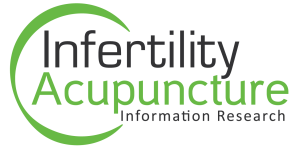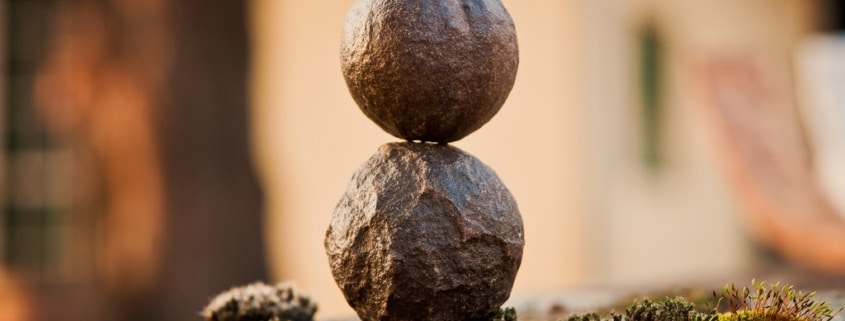
Acupuncture helps to normalise both ovarian volume and AMH in PCOS patients. These changes are beneficial for fertility.
Both acupuncture and exercise help to normalise overactive sympathetic nervous system in PCOS patients. Acupuncture, however, is much more effective. Furthermore, as shown by this study, exercise has no effect on AMH nor ovarian volume.
Acta Obstet Gynecol Scand. 2014 Dec 26. doi: 10.1111/aogs.12571. [Epub ahead of print]
Serum anti-Müllerian hormone and ovarian morphology assessed by magnetic resonance imaging in response to acupuncture and exercise in women with polycystic ovary syndrome: Secondary analyses of a randomized controlled trial.
Leonhardt H1, Hellström M, Gull B, Lind AK, Nilsson L, Janson PO, Stener-Victorin E.
Author information
Abstract
OBJECTIVE:
To investigate whether electro-acupuncture or physical exercise influence serum anti-Müllerian hormone (AMH), antral follicle count (AFC) or ovarian volume in women with polycystic ovary syndrome (PCOS).
DESIGN:
Secondary analyses of a prospective, randomized controlled clinical trial.
SETTING:
University Hospital, Sweden.
PATIENTS:
Seventy-four women with PCOS recruited from the general population.
INTERVENTIONS:
Women with PCOS were randomized to 16 weeks of electro-acupuncture (14 treatments), exercise (at least 3 times/week), or no intervention.
MAIN OUTCOME MEASURES:
Serum AMH recorded at baseline, after 16 weeks of intervention, and at follow-up at 32 weeks. AFC, and ovarian volume assessed by magnetic resonance imaging at baseline and at follow-up at 32 weeks.
RESULTS:
After 16 weeks of intervention, serum levels of AMH were significantly decreased in the electro-acupuncture group by 17.5% (P<0.001), and differed from the change in the exercise group. AMH remained decreased by 15% (P=0.004) also at follow-up at 32 weeks, but did not differ from the exercise or the no intervention groups. There was a decrease by 8.5% (p=0.015) in ovarian volume between baseline and follow-up in the electro-acupuncture group, and by 11.7% (p=0.01) in AFC in the physical exercise group. No other variables were affected.
CONCLUSIONS:
This study is the first to demonstrate that acupuncture reduces serum AMH-levels and ovarian volume. Physical exercise did not influence circulating AMH or ovarian volume. Despite a within-group decrease in AFC, exercise did not lead to a between-group difference. This article is protected by copyright. All rights reserved.
KEYWORDS:
Acupuncture; Exercise; anti-Müllerian hormone hormone; magnetic resonance imaging; polycystic ovary syndrome



